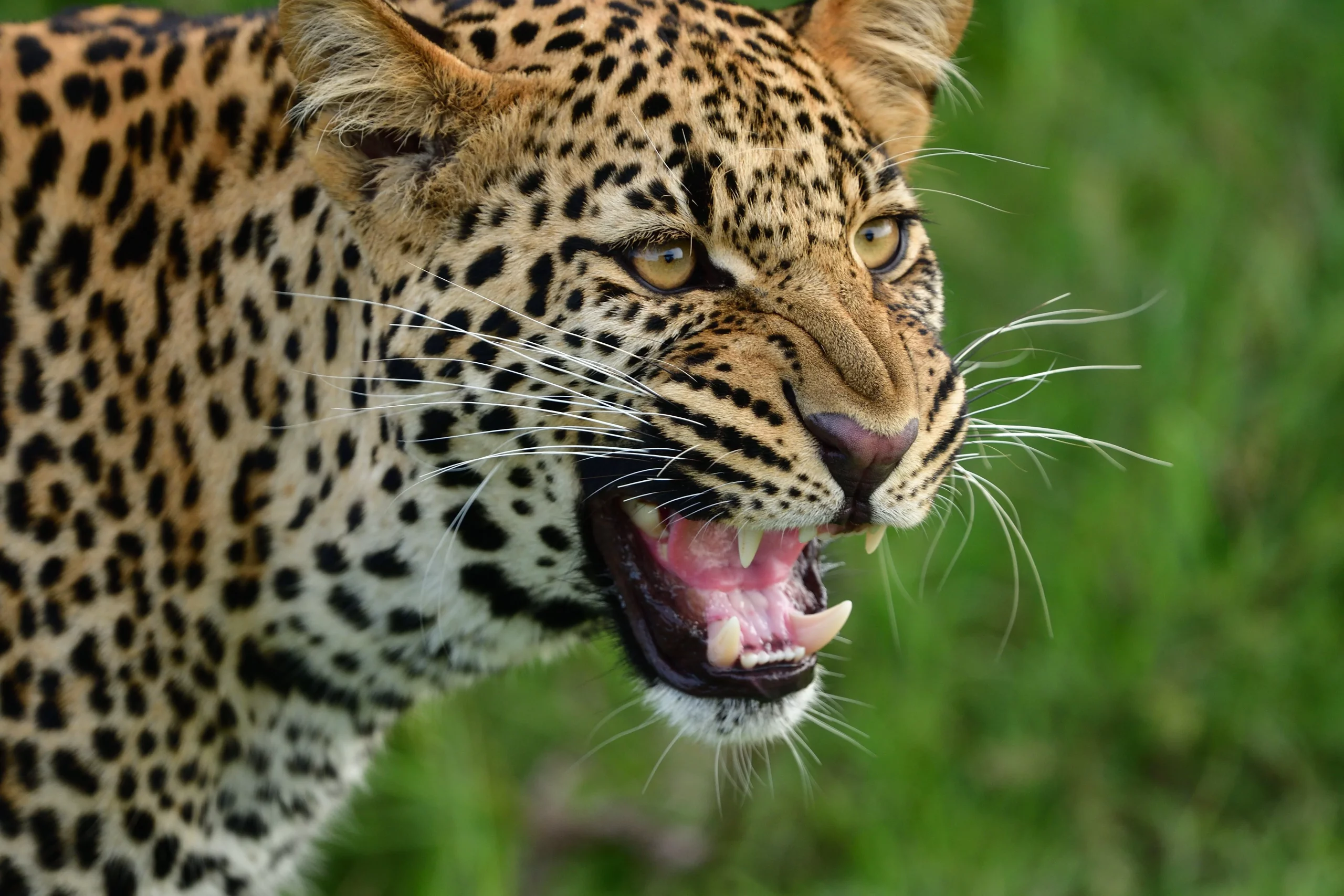
How much a Masai Mara Safari Costs
The Masai Mara National Reserve stands out as one of Kenya’s and indeed the world’s premier wildlife destinations, renowned for the spectacular great wildebeest migration. Many eager travelers often ask, “How much does a Masai Mara safari cost?” The answer isn’t straightforward, as several elements influence the overall expense of your safari tour. These factors include your choice of accommodation, the number of travelers, your preferred mode of transport (whether by road or air), the length of your stay, the time of year, and any additional activities you might wish to include.
For example, full package prices can vary significantly. A budget-friendly 3-day tour, shared with a group of six in a vehicle and staying in a budget camp, might cost around USD 350 per person. In contrast, opting for luxury accommodation for a similar Masai Mara safari could see prices rise to as much as USD 1500 per person. Let’s delve deeper into each of these contributing factors.
Transportation
Transportation plays a crucial role in determining your Masai Mara safari costs. Opting to fly from Nairobi to the Masai Mara is generally more expensive than traveling by road, yet it offers greater convenience and speed, particularly for shorter trips like overnight or two-night stays. Solo travelers often find flying more economical than driving unless they join a group road safari, which can significantly reduce costs. Several reputable local airlines operate daily flights from Nairobi’s Wilson Airport to the Masai Mara, including Air Kenya, Safari Link, and Governor’s Aviation, among others. The flight typically takes about an hour, although this can vary depending on the number of stops, or “hops,” the plane makes to drop off or pick up passengers at various airstrips. A one-way flight costs between USD 200 and 250 per person, while a round trip ranges from USD 300 to 450, inclusive of taxes, depending on the season and availability.
For those preferring road travel, safari tourists typically use either 4×4 Toyota Landcruiser Jeeps or Safari Tour Vans, each accommodating up to seven passengers. Safari Tour Vans are the more common choice due to their lower cost. However, 4×4 Toyota Landcruisers, though more expensive, provide a more comfortable journey over rough roads, thanks to their larger size and four-wheel drive capability. The cost is calculated based on the vehicle’s full occupancy. For instance, if only two people are traveling in a Safari Tour Van, it would cost USD 80 per person per day. Consequently, larger groups benefit from reduced per-person costs. A Landcruiser safari vehicle costs between USD 250 and 275 per vehicle per day, contingent on the season and availability.
Point to Note: Transportation costs are per vehicle, not per person. The drive from Nairobi to the Mara takes approximately 5-6 hours, with the road now fully paved up to the main gate.

Safari Tour Minibus (Van)

Landcruiser Jeep 4×4 vehicle
Number of People Travelling ( Pax)
If you’re planning a Masai Mara safari, traveling with a larger group can significantly reduce costs, as expenses are shared among more people. This is especially beneficial for families. Additionally, the age of children in your group can affect your overall safari cost. Most lodges and camps in the Masai Mara offer discounted rates for children under 12 years old, and often allow children under 3 years to stay for free. This makes it more affordable for families to enjoy the wonders of the Masai Mara National Reserve together.
Accommodation
When planning your Masai Mara safari, the type of accommodation you choose is the most significant factor impacting the overall cost. The Masai Mara National Reserve offers an impressive array of accommodation options to suit every budget, from adventurous budget camping to mid-range tented camps and ultra-luxurious safari lodges. Your accommodation price will also depend on how long you plan to stay and the time of year you visit. During the peak season, from July to October, prices tend to be higher.
For those seeking luxury, a stay at a tented camp like Governors Camp or Mara Explorer can cost around USD 300+ per person per night in the low season, and this can rise to USD 600+ per person per night during the peak season. A mid-range safari lodge such as Keekorok Lodge offers a more affordable option, with prices approximately USD 150 per person per night in the low season and USD 250 during the peak season.
For budget-conscious travelers, there are tented camps available for USD 100 or less per person per night. Alternatively, you can opt for camping with your own tents at a basic campsite, which is even cheaper but offers very basic facilities.

Interior of a Typical Luxurious Tent

Interior of a Typical Budget Tent
Park Entry Fees
Gaining access to the Masai Mara National Reserve requires payment of an entry fee at the gate. This fee is influenced by the location of your chosen accommodation within the reserve and your residency status, whether you are a Citizen, Resident, or Non-resident. Kenyan citizens must present valid identification, such as a National ID or Passport, to confirm their status. Residents are individuals living in Kenya with official documentation, while non-residents are primarily international tourists. Remember, identification is essential for entry into the reserve.
For those staying at accommodations within the main National Reserve, the entrance fee is USD 70 per adult for every 24 hours and USD 40 for children under 12 years. If your accommodation is outside the main reserve, the entry fee increases to USD 80 per adult per 24 hours and USD 45 per child per 24 hours. This pricing applies to both the Narok side of the main reserve and the Mara Conservancy in the Maasai Mara’s western corridor. However, in the Mara Conservancy, individuals under 18 years are eligible for the child rate.
| Category | Non-residents | East African Resident | Kenyan Citizen | |
|---|---|---|---|---|
| Inside Park | Outside Park | |||
| Adult | US$ 70 | US$ 80 | Ksh 1,200 | Ksh 1,000 |
| Child | US$ 40 | US$ 45 | Ksh 500 | Ksh 300 |
| Student | US$ 40 | US$ 40 | Ksh 500 | Ksh 300 |
Duration of your Safari
When planning your Masai Mara safari, the duration of your stay is a key factor influencing the overall cost. For those on a tighter budget, it’s wise to consider spending the minimum recommended time of three days in the reserve. During the low season, from April to early June, you can enjoy extended stays at a reduced cost due to lower accommodation prices and fewer tourists compared to the bustling peak season. Keep in mind that the great wildebeest migration occurs from July to September, marking the peak season. If your budget allows, we suggest staying a minimum of four days (three nights) in the Masai Mara to fully immerse yourself in the park’s splendor. This timeframe ensures you have ample safari game drives to witness a diverse array of Masai Mara animals at a leisurely pace, while also providing time to relax at your camp. Embracing a “slow travel” approach truly enhances your experience in the African wilderness.
Time of the Year
When planning a Masai Mara safari, your travel dates significantly influence the overall cost. Prices tend to soar during the peak season, which coincides with the awe-inspiring Great Wildebeest Migration. This natural spectacle draws a large number of visitors to the Masai Mara National Reserve, leading to increased accommodation costs due to high demand. The peak season typically spans from July to October. For travelers on a tight budget, it is advisable to avoid this period and instead plan your visit during the low or shoulder seasons, from January to March. During these times, prices are more affordable, and there is a higher availability of rooms, making it easier to secure your desired accommodation.
Additional Activities
Beyond the standard Masai Mara safari package—which typically covers transport to and from Nairobi, thrilling safari game drives, comfortable accommodation, delicious meals, and park entry fees—many adventurers seek to enrich their experience with additional activities. These can include a fascinating Maasai Village visit, an exhilarating hot air balloon flight, night game drives (if you’re staying outside the main reserve), delightful bush breakfasts and dinners, immersive nature walks, guided safari walks, and even horseback riding. While these activities undoubtedly add excitement and depth to your Masai Mara journey, they do come with an extra cost.
A hot air balloon ride over the stunning Mara landscape ranges from USD 415 to USD 500 per person, depending on the camp or lodge from which you take off. Meanwhile, a Maasai Village visit costs between USD 30 and USD 50 per person. This fee includes return transfers from your overnight safari lodge or camp, the services of an English-speaking driver-guide, and village contribution fees. These experiences not only enhance your safari but also offer unique insights into the rich culture and breathtaking scenery of the Masai Mara.

Masai Village Visit
Other Factors
Beyond the primary considerations, there are additional factors to account for when determining your Masai Mara safari costs. These include travel visas, insurance, international flight tickets, tips, laundry services, souvenirs, as well as drinks and beverages.
In summary, with thoughtful planning and attention to these elements, we can tailor your Masai Mara safari to fit your budget. Whether you’re embarking on this adventure alone or as part of a group, we aim to provide a memorable experience that captures the essence of the Masai Mara’s enchanting wildlife and landscapes.

